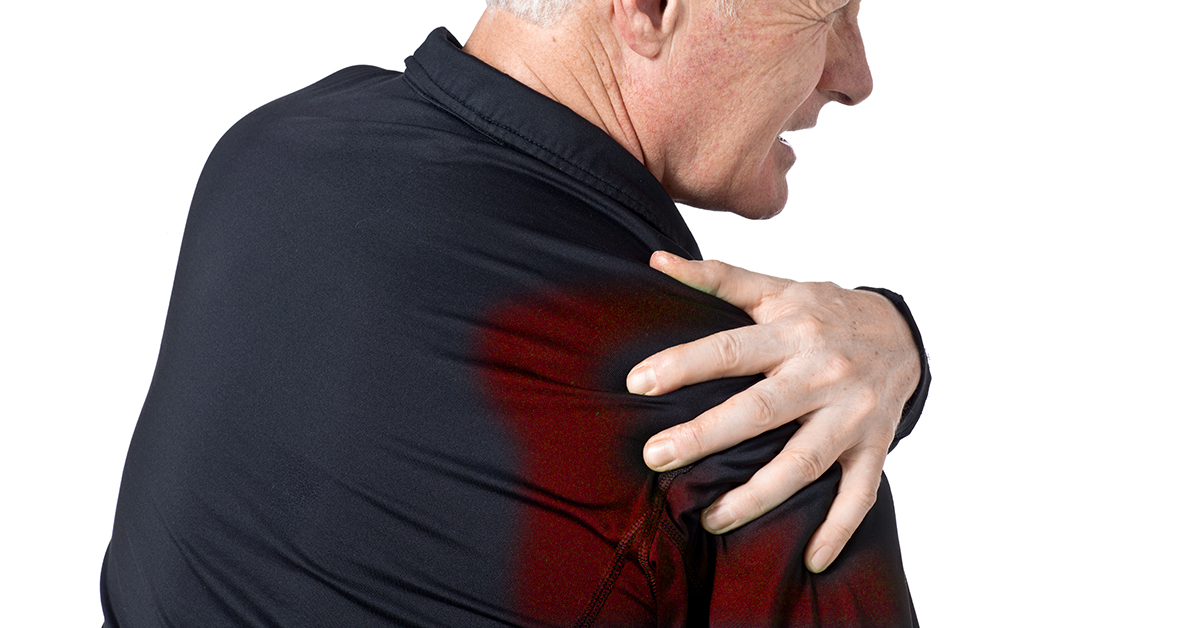
Relevant Anatomy
The biceps muscle has a long head and a short head. These heads of the biceps tendon insert themselves into the shoulder joint through small grooves in the humerus bone. Inflammation of this tendon is called biceps tendonitis.
Causes
Biceps tendonitis may be caused by damage to the shoulder joint due to arthritis or trauma. Conditions such as osteoarthritis are well-recognized as causes. Advancing age is a contributing factor that makes the tendon more prone to inflammation.
Symptoms
Patients with biceps tendonitis experience pain and tenderness in the shoulder joint. This pain becomes worse when the patient moves, but improves with rest and painkillers. Patients may notice a little click when they move the shoulder, and this small noise is accompanied by pain.
Diagnosis of Biceps Tendinitis
The diagnosis is primarily clinical. Doctors may be able to elicit pain upon movement of the shoulder, and the joint may be tender to touch at the site of the insertion of the tendon. If required, X-rays may be done. However, these are often not beneficial, unless there is trauma or damage to the shoulder joint. MRI scans can be a great help, as can ultrasound scans of the shoulder.
Treatment
Conservative measures include resting the shoulder joint, application of ice packs and taking painkillers such as non-steroidal anti-inflammatory drugs. If these do not work, patients may require an injection of high dose steroids directly into the joint. This is a powerful anti-inflammatory drug that can help relieve the pain in minutes. The effects can last for quite a long time, although patients may need repeat injections in the future.
Physical therapy and exercise treatments are beneficial for maintaining the normal range of movement of the shoulder. These are usually offered when the inflammation has subsided, although a small amount of exercise can always help to prevent the shoulder joint from getting stiff.
In advanced cases - or for cases in which conservative treatment fails - patients may need surgical intervention. This can include a biceps tendon repair, or removal of the damaged tendon, accompanied by reattachment of the tendon to the shoulder joint. For some cases in which this is not possible, the entire biceps tendon may be detached from the shoulder joint. This is called tenotomy. Complications are rare and treatments have a good success rate.


